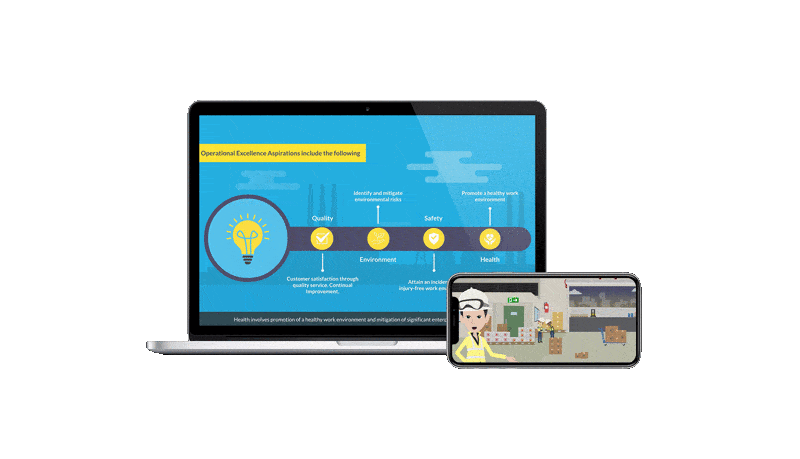Quality software is the backbone of every successful business process. As defined by the ISO 8402-1986 standard, “quality is the totality of features and characteristics of a product or service that bear its ability to satisfy stated or implied needs.”
As part of a software development team, your software must create quality and provide value to those who would benefit from it.
Software quality, however, is more than just lesser bugs and series of tests to resolve it. As Forrester sees it, quality software meets business requirements, provides a satisfying user experience, and has fewer defects.
Ensuring quality, especially with your software is a never-ending process. Here are some of the best practices that your team could use to improve software quality amidst today’s dynamic technical landscape.
What you'll find in this article
Come up with a structured task management
Assignments can easily be executed when there is a structure of tasks laid out for the whole team. In this way, everyone would know how the whole process works.
Avoid overloading tasks and work on it one at a time to keep tasks manageable and avoid delays. Always keep the client involved with everything for them to be aligned with timetables and changes to be done.
It’s easier to communicate progress to stakeholders by dealing with tasks little by little so that no big damage can be done with other tasks at hand.
Be realistic
All features and functionalities must be done and work as expected. Prioritize which changes and improvements should be made first by focusing on the most important features to build.
Carefully defining each project is a must to manage resources and costs, plan out tasks for the team, and avoid unrealistic expectations. Your developer needs to evaluate every possible outcome to satisfy customer experience. Always remember never to assume and focus the actual vs. expected results differences.
Always innovate
As the saying goes, there is nothing constant in this world except change. Inspire creativity by embracing new approaches. Experiment and work around your existing process to create better techniques without having to spend more time on acquiring new ones.
Just because certain methods have worked in the past doesn’t mean they always will, so always come up with a plan B.
Extensive testing
Brief the team about new versions and features so that they can assess the performance risks. Testing doesn’t always have to be scheduled after the life cycle. If your continuous integration (CI) system already has some automated tests in it, you can start automated performance testing and give early feedback.
By testing earlier, you can detect and solve code issues rather than resolving them at the end of the process. Choosing to do tests after the cycle can be a little bit more expensive and could take you longer to resolve.
Value for money
Quality service gets client loyalty, and that’s what everyone wants. It’s always important to know your client. Your product should meet requirement expectations to provide not just value for money, but also for client and customer experience.
What you deliver should provide satisfying user experience so that they can accomplish their goals and enjoy their experience at the same time.
Empower your team
Your project relies on the hands of your team. They are the makers of an experience that users will rave about upon release. A project is a collaborative process between the developer, the team, and the users. Having your developers in the center of that experience reinforces a culture of quality.
To ensure that everyone is on board with the cycle of the project, the team should be trained on a regular basis with the latest testing technologies. While you should always think as a user, you should implement and test in the business perspective.
Everyone plays a vital role in improving software quality. A healthy life cycle requires tests at all levels of the technology funnel to ensure each part and the system, as a whole, works correctly and consistently. Quality must move beyond the knowledge of just QA professionals and become an integrated part of the entire software development life cycle. To ensure that software is delivered with the best of quality, learn more from Software Quality Management Training.


